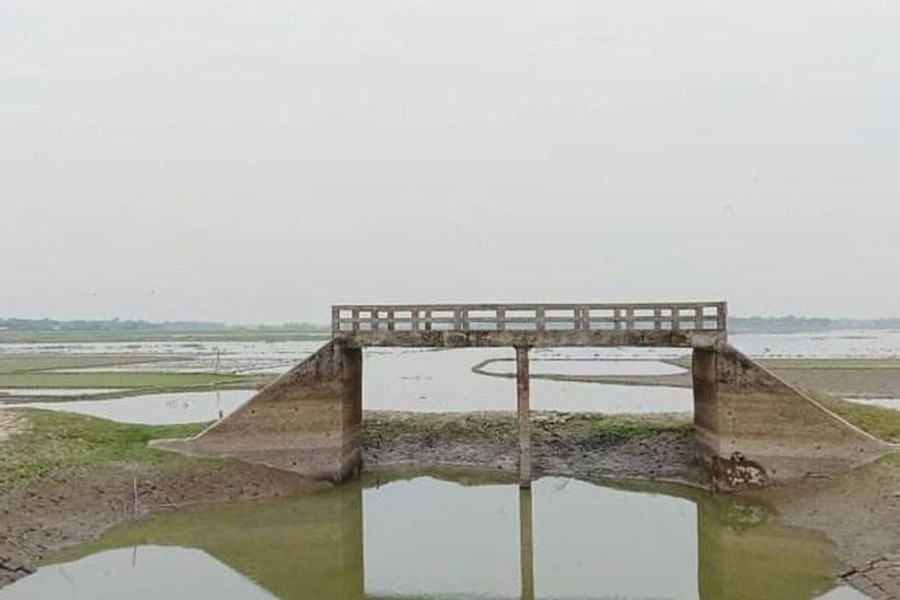Of late, almost all social activists appear to be obsessed with the task of saving the dying rivers of the country. Given the extent of indiscriminate killing of rivers, few tasks could be more urgent. A worrying aspect of the frenetic efforts to keep the rivers free of the encroachers' claws is the canals being left in the lurch. But they are also grabbed. Many have already disappeared. As the river-saving activism gains momentum, the canals are being pushed to the backburner. Few appear to have tried to realise the canals' critical role in agro-production and many other aspects of the rural life. Water communication linking different parts of a rural swath and connecting the outlying rurally important spots is mostly dependent on the canals. Most of the activists prefer remaining completely oblivious of these age-old waterways, narrower than existing rivers.
There are, however, cogent reasons. The river-saving activists are least interested in saving the canals. Some canals are ever-lively owing to their depth and their location. But they hardly provide the prospects for gains from underwater sand-beds. A small number of the country's canals do yield profits by enabling river-grabbers to collect sand-mixed muddy earth. It is a profitable material used in the making of many concrete structures. The highest gain coming from hundreds of the country's canals is the fish catch. In this country, there are fishers who have been netting fishes through ages in canals. Due to their dependence on the canal-water small and medium fishes, this profession could be termed ancestral. They hardly make their forays into the wider rivers.
Although the mechanised fishing boats or trawlers ply the rivers normally, many of them are found collecting fishes from the canal-side big wholesale markets. The myth of fishes caught in the canals are tastier may have some elements of truth in it. Many nearby small-town people thronging the canal-side 'bazars' is proof to it. However, these are presumed facts. Yet in the river-filled Bangladesh, the importance of canals can in no way be undermined. It's because they commonly branch out from the bigger rivers. Some are found flowing into another river cutting across a large rural land mass. Some villages are gifted with several small and large canals. These rural habitats hardly suffer from the dearth of irrigation water. Village womenfolk also use canal water for different domestic purposes.
Amid the laudable initiatives taken by the ministry concerned and the other authorities related to road and bridge construction, the canals have a pitiful place. Few bridges constructed across canals have triggered fanfare and festivity like that goes with the river-bridges' openings. To the authorities, the canals and the concrete bridges over them, perhaps, are of little importance in terms of the communication network and the economy. But that is hardly the case. To the great woes of a large percentage of the villagers, few of them are able to see a canal bridge's full-length operation during their lives. In place of canals, what they encounter is a semblance of bridge --- half-done with no approach roads, or the bridge users, in cases, plying country boats while crossing the middle part of the canals. Bamboo-made approach passages or the dilapidation of the whole length of a bridge are common spectacles throughout the country.
Though the only mode of communication in the countryside, the canal-bridges continue to receive phases of short shrift. Through the ages beginning from the British colonial times to the 21st century, the fully workable rural bridges have remained an unmet dream. Economists working with various aspects of the rural life have long emphasised the role of modern infrastructure like bridges and roads in materialising rural uplift. But they stress smooth communication sans canals.


